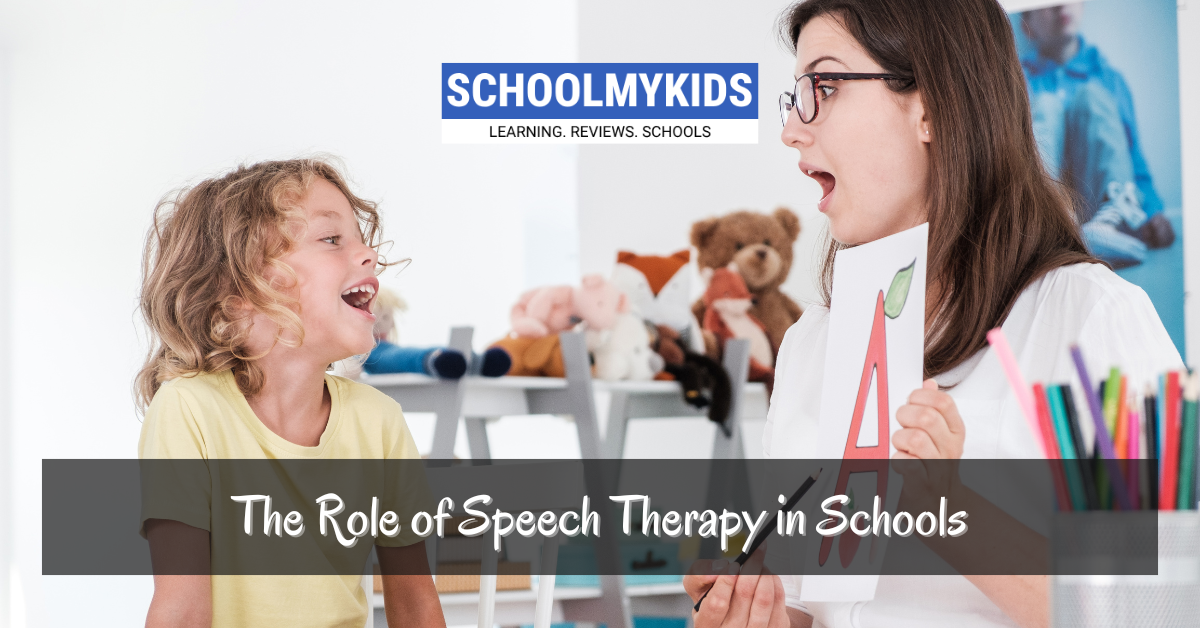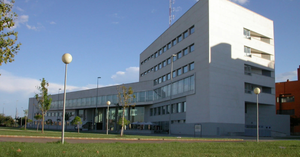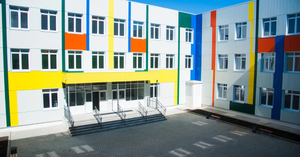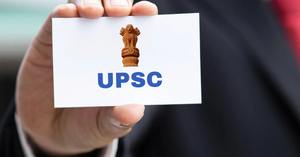Communication is the cornerstone of human interaction. It’s how we share our ideas, emotions, and experiences. Developing strong communication skills is crucial for building relationships, learning, and overall growth for children. This is where speech therapy comes in.
What is Speech Therapy?
Speech therapy, or speech-language pathology, is a specialized field focused on assessing, diagnosing, and treating communication disorders. This includes difficulties with speech, language, and swallowing. A speech-language pathologist (SLP) is a trained professional who helps individuals develop, improve, and maintain these skills.
Why is Speech Therapy Important?
Imagine a world where you can’t express your needs, understand others, or participate fully in conversations. For children with speech and language challenges, this is a reality. Speech therapy plays a vital role in overcoming these obstacles. It empowers children to communicate effectively, build confidence, and reach their full potential.
Who Needs Speech Therapy?
Every child develops at their own pace, but certain signs might indicate a need for speech therapy:
- Delayed Speech Onset: If your child is not speaking by age two, it might be a cause for concern.
- Difficulty Articulating Sounds: Problems with pronouncing words clearly can impact understanding.
- Language Comprehension Issues: Struggling to understand what others are saying can hinder learning.
- Social Communication Challenges: Difficulty with social interactions and maintaining conversations can be isolating.
- Stuttering or Fluency Disorders: Consistent interruptions in speech can affect self-esteem.
The School’s Role in a Child’s Development
School is more than just a place for academics; it’s a child’s social and emotional hub. It’s where they learn to interact with peers, build friendships, and develop essential life skills. Strong communication skills are a must to succeed in this environment. Speech therapy within the school setting offers several advantages:
- Early Identification: Teachers and school staff can identify potential speech and language challenges early on.
- Collaborative Approach: SLPs can work closely with teachers to create a supportive learning environment.
- Inclusive Education: Speech therapy helps to create a more inclusive classroom where all children can participate.
- Carryover of Skills: Skills learned in therapy can be practiced and reinforced in the classroom.
How Can Schools Support Speech Therapy?
- Create a Supportive Environment: Encourage open communication and celebrate diversity in language.
- Provide Professional Development: Offer training to teachers on recognizing speech and language challenges.
- Collaborate with SLPs: Work closely with speech-language pathologists to develop individualized plans.
- Involve Parents: Keep parents informed about their child’s progress and involve them in therapy.
Tips for Parents and Caregivers
- Trust Your Instincts: If you have concerns about your child’s speech and language development, seek professional help.
- Create a Language-Rich Environment: Regularly talk, read, and sing with your child.
- Be Patient and Encouraging: Celebrate small successes and provide positive reinforcement.
- Attend Therapy Sessions: Actively participate in your child’s therapy and practice the strategies at home.
Avoiding Common Mistakes
- Please don’t compare your child to others: Every child develops at their own pace.
- Pay attention to the problem: Early intervention is key to successful outcomes.
- Please don’t underestimate the power of speech therapy: It can make a significant difference in a child’s life.
Conclusion
Children with speech and language challenges can achieve remarkable progress with patience, support, and the right guidance. Schools, parents, and speech-language pathologists can create a brighter future for every child by working together.
Let’s empower our children to find their voices and share their stories with the world.








Be the first one to comment on this story.